By Michael Haskew
During the Vietnam War, the land mine was responsible for large numbers of casualties among both military and civilian personnel. Both the U.S. and South Vietnamese forces, as well as the communist North Vietnamese Army and the Viet Cong insurgency, deployed millions of mines for various purposes, including anti-tank mines for disabling or destroying armored vehicles and anti-personnel mines that were designed to disable or kill enemy soldiers.
Among the numerous types of mines designed and manufactured in the United States, the M18 Claymore is one of the best known of the Vietnam era. A large anti-personnel mine, the Claymore was developed principally by inventor Norman MacLeod in the 1950s. Unlike other anti-personnel mines that are buried in the ground and often activated by the pressure of a soldier’s foot, the Claymore is attached to a stationary object above ground and fired by remote control.
10,000 Claymores Produced
The M18 Claymore mine has a pair of distinguishing features. On its face is stamped the three-word warning “FRONT TOWARD ENEMY.” Additionally, the mine weighs 3.5 pounds and consists of a plastic rectangular convex-shaped casing that was produced after testing that determined its shape was the most effective in delivering a pattern of steel balls that could kill within a range of 55 yards. The mine may be aimed horizontally or vertically via an open sight, and its explosive power consists of a layer of C-4 that provides the energy to project approximately 700 steel balls held together by epoxy resin at a velocity of 3,937 feet per second.
When the Claymore is detonated, it fires the arrangement of steel balls like a shotgun in a sixty-degree arc for a distance of approximately 110 yards. In Vietnam, it was proven effective against communist infiltrators, concentrations of enemy troops, and even light vehicles. More than 10,000 Claymore mines have been produced since the 1950s, and variants are still manufactured in the United States and other countries.
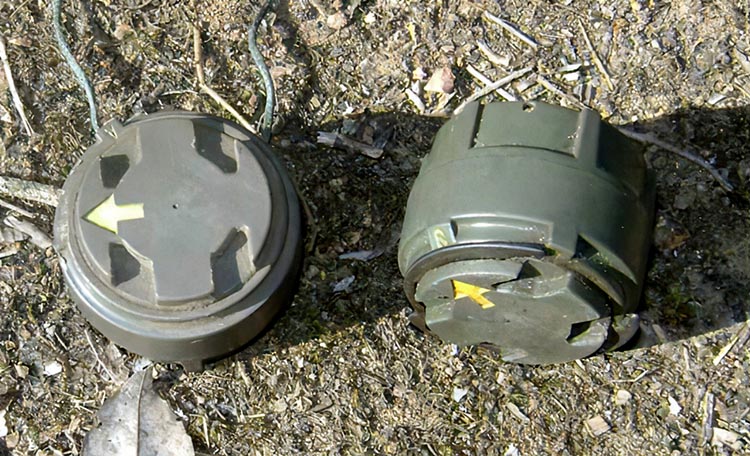
“The Toe Popper”
Unlike the Claymore, the M14 mine (and the M16) utilized by U.S. forces in Vietnam were more intimate. The M14, for example, was not intended to kill an enemy soldier or guerrilla outright. Rather, the intent was to wound or maim, requiring the attention of more than one soldier to administer medical attention and transport the victim from the scene of the incident, thus draining the enemy’s resources. Often, the unfortunate individual who detonated an M14 at least lost a foot, and for this reason the mine became known as the “Toe Popper.”
The M14 was mass produced beginning in 1955 and remained in service with the American military until 1974. Its initial components were mainly plastic, making it difficult to detect and thus even more effective. The mine itself consisted of a cylindrical casing only 2.2 inches in diameter and 1.57 inches tall. It weighed only 100 grams, and its explosive charge consisted of just 29 grams – a single ounce – of Tetryl. A range of foot pressure from about 20 to 35 pounds was required to trip a spring, push a firing pin downward, and detonate the M14.
Originally Published July 14, 2015
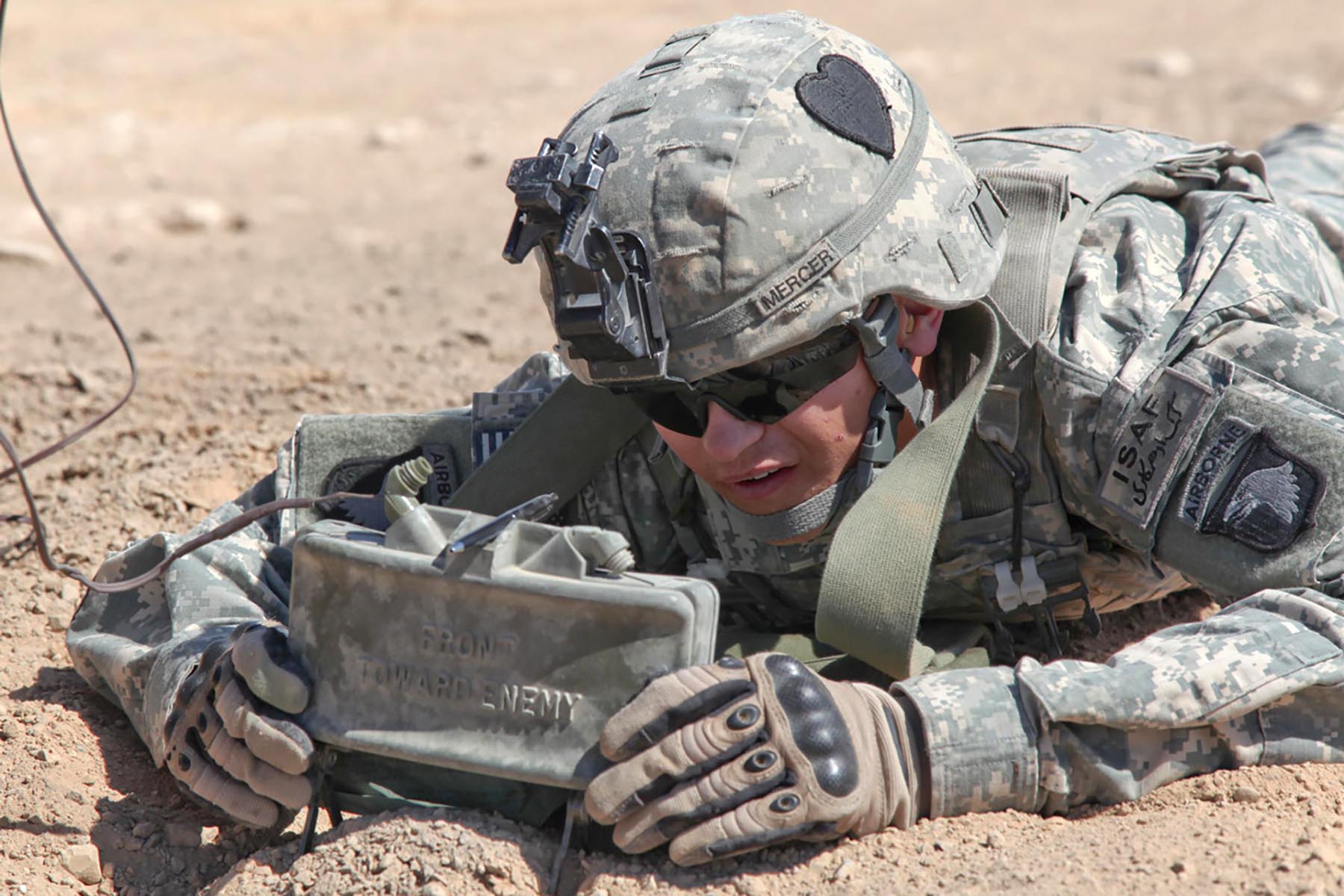

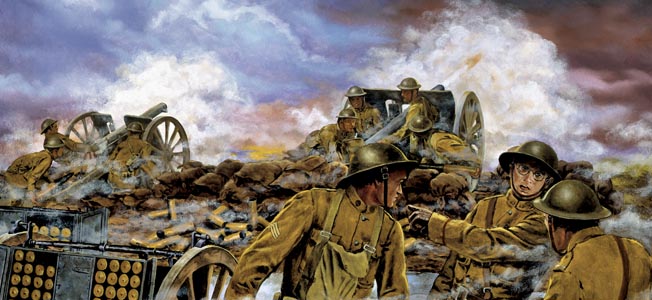

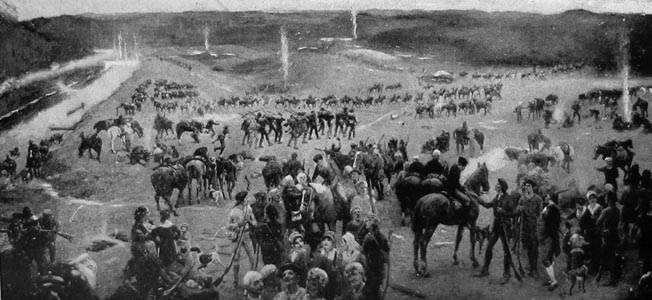

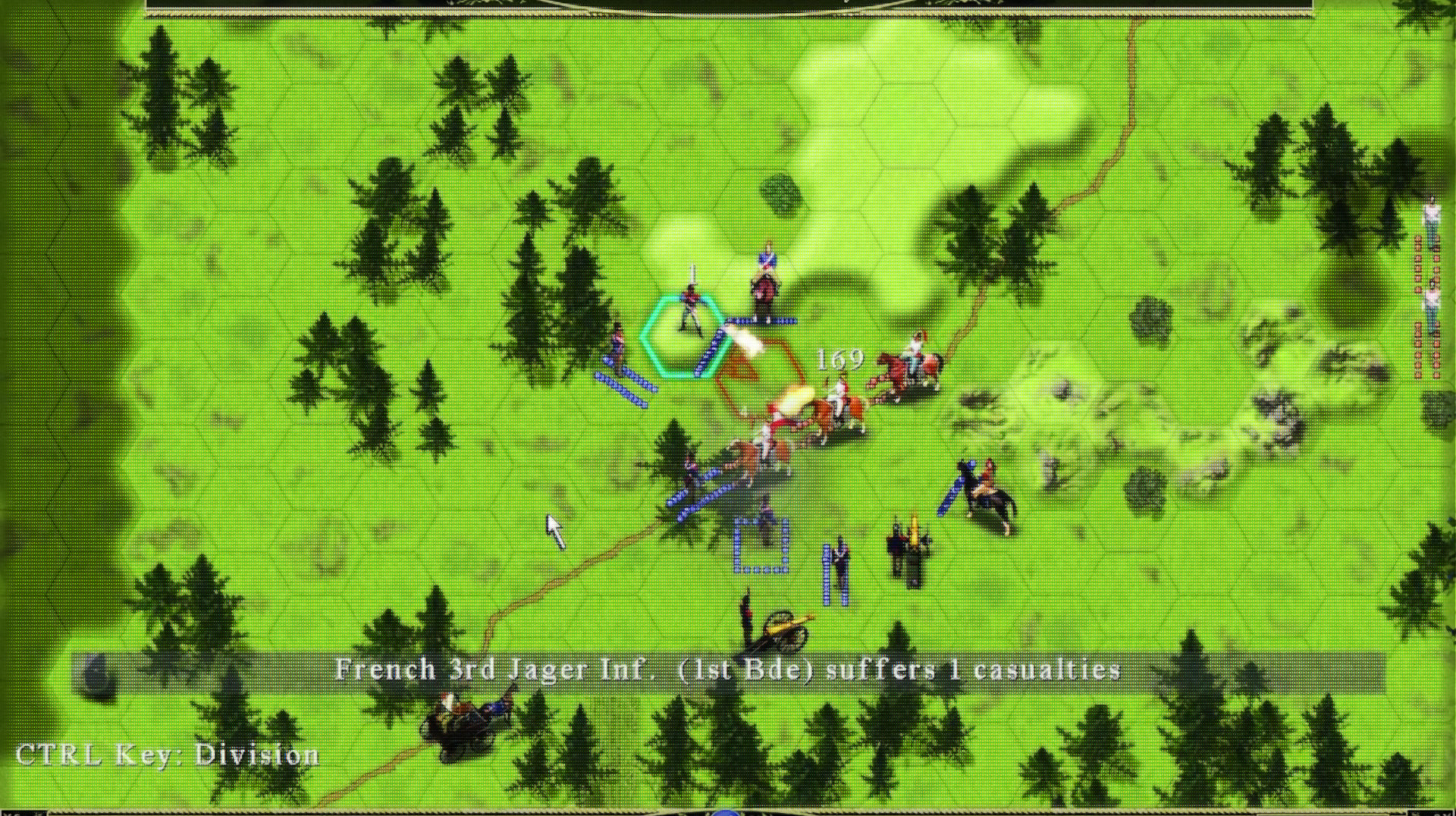

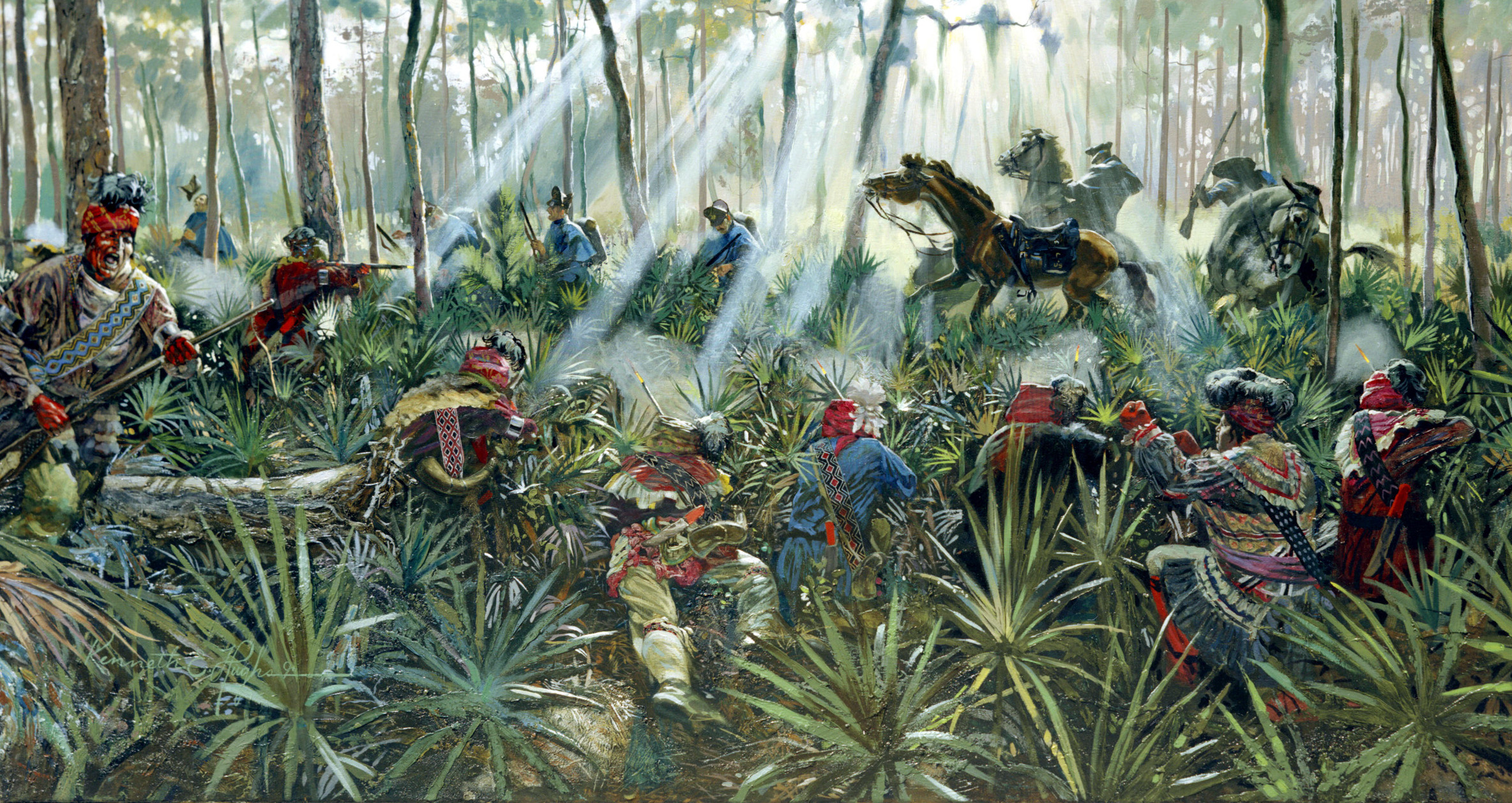
I served in VN in 70-71, mostly in I Corps. Part of my tour involved staying in a relatively small MACV compound on the south edge of Quang Tri City. Our outer perimeter consisted of several layers of floodlit concertina (barbed) wire coils with outward-facing Claymores scattered among them. Wires from the mines led to guard shacks where they were attached to triggers/detonators.
Several times VCs penetrated our minefield and turned the Claymores around so they were facing us in the compound. Fortunately none were ever detonated before they were detected and turned back around.
I also served in Vietnam ((66-67) in an ambulance company, 1st Cav base hospital, and in the 11th Cav. We used claymores extensively for perimeter defense, but I don’t recall using or hearing of the use of the toe poppers, except by the enemy. We also had the problem of the enemy turning our claymores around which we partially solved by placing grenades with their pins pulled under them. The enemy caught on however and the best course was to have cover and use it before your squeezed off that baby. lol
Suggest we made far more than 10,000 Claymores, maybe by a factor of 10.
Checking Wikipedia for a quick answer on the number, it appears 10,000 of the original M18 Claymore were produced. There were, no doubt, many more produced as the weapon was modified for better performance, beginning with the M18A1.
In 1970 I was medivaced from Camp Evans with a guy that made the mistake of getting up to look when he fired his Claymore. It had been turned around. He was in bad shape. I don’t know if he made it.